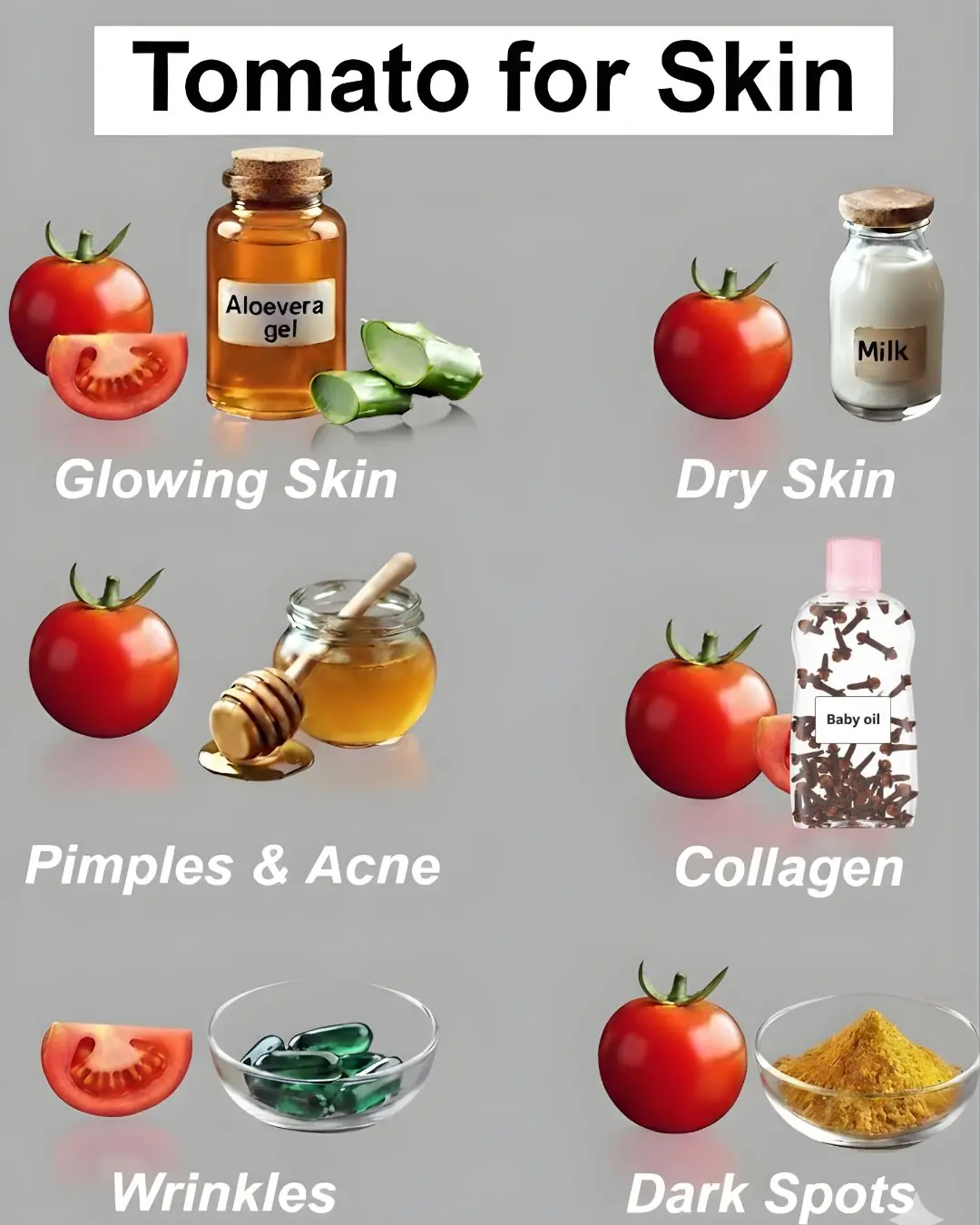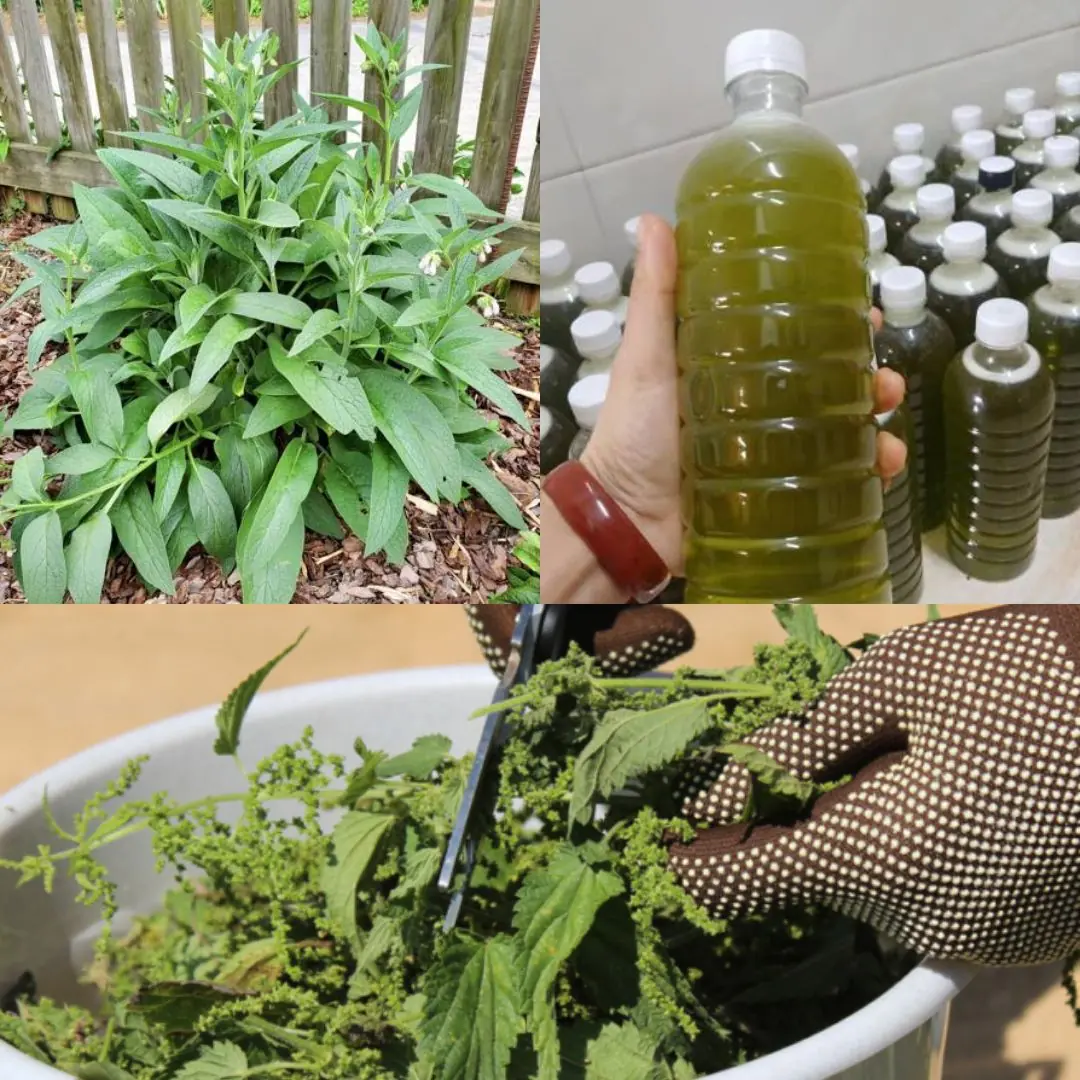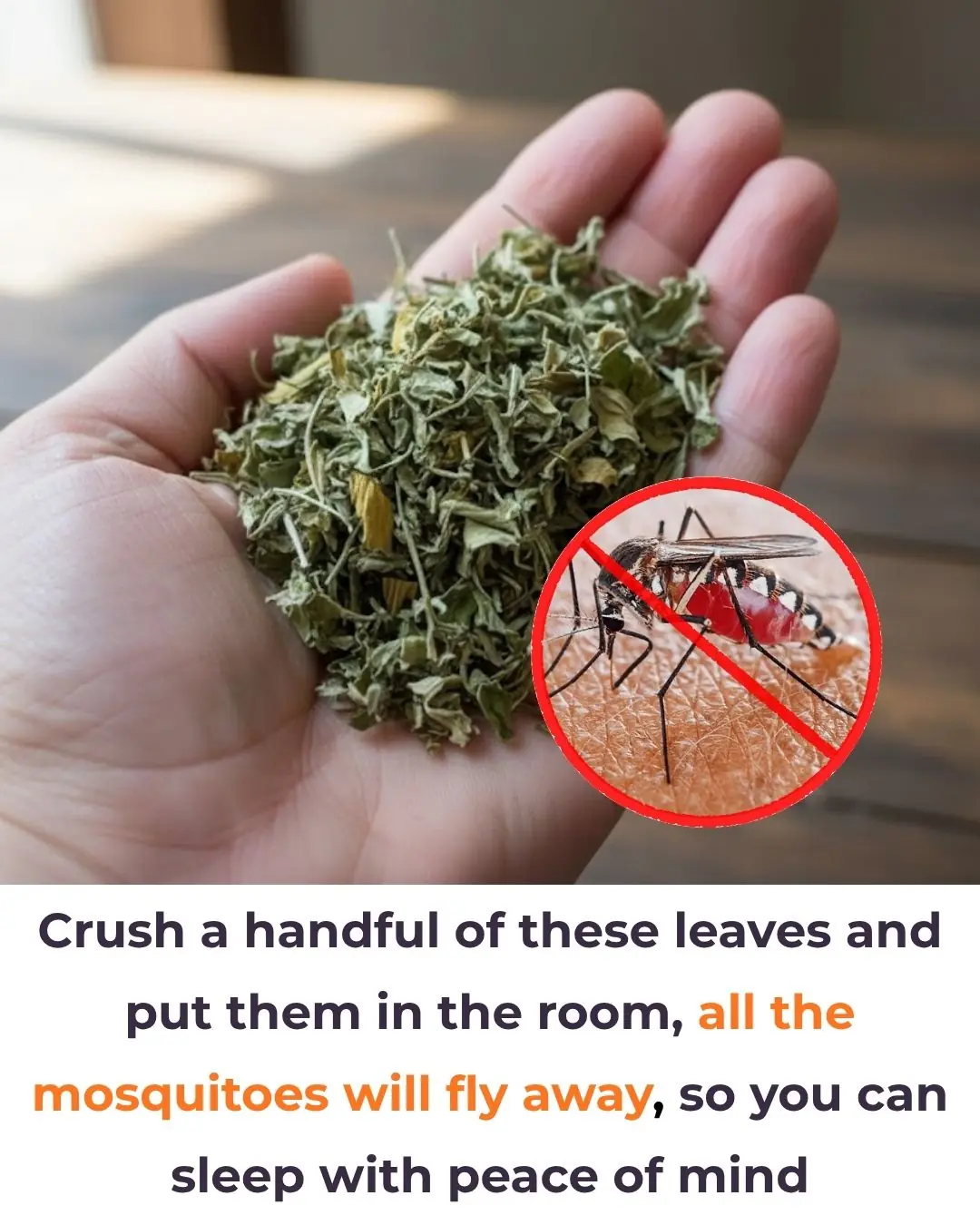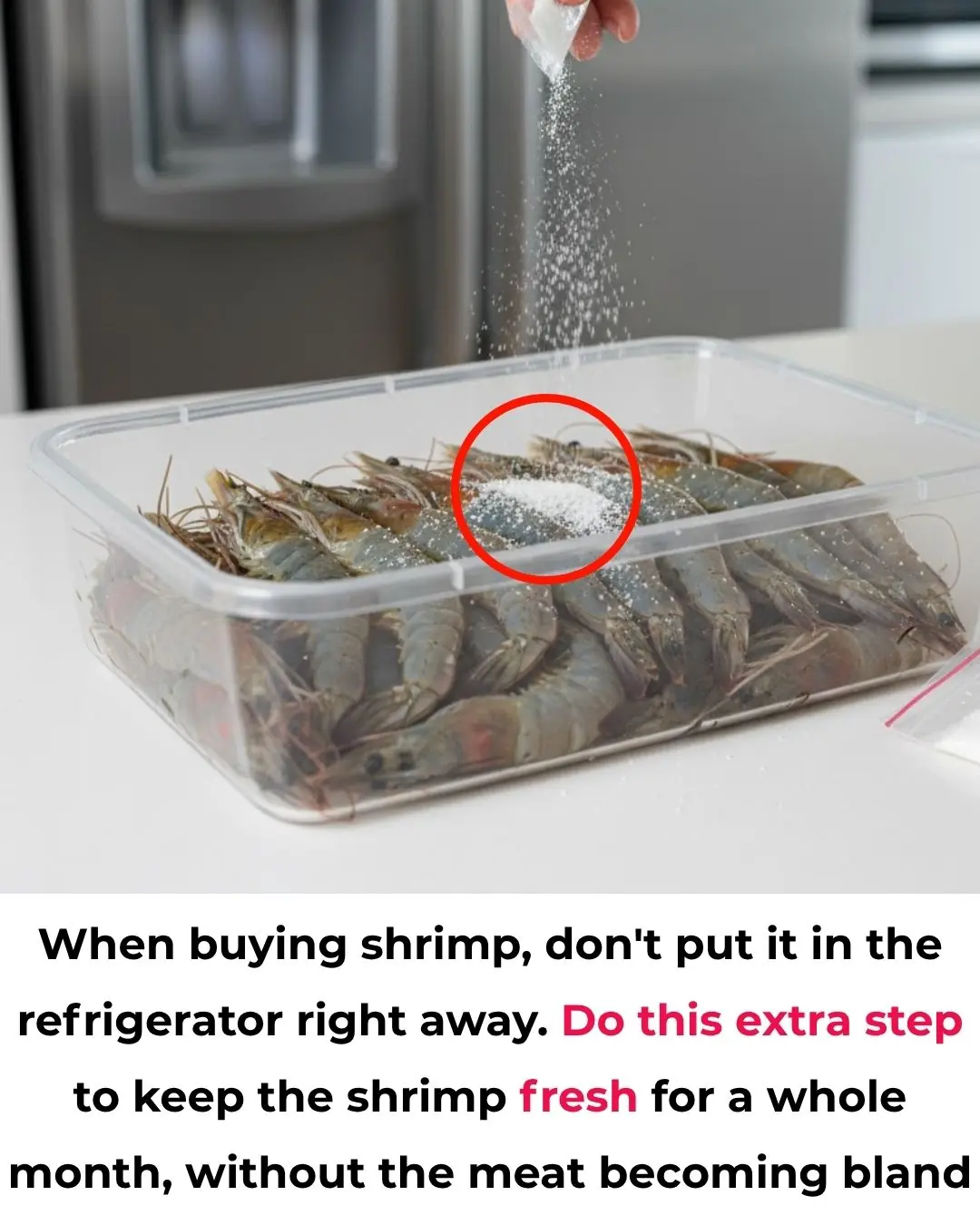
Hidden Dangers on Your Plate: 4 “Clean” Foods That Can Secretly Harm Your Health
We all love food that looks beautiful and tastes amazing. A vibrant salad, a colorful fruit bowl, or a perfectly cooked egg can make any meal feel wholesome, fresh, and deeply satisfying. But here's a hard truth: not everything that looks clean, fresh, or "healthy" is necessarily safe to eat.
Surprisingly, some of our favorite everyday foods can hide harmful bacteria, viruses, or parasites that could compromise your digestive health — or worse, cause serious foodborne illnesses.
In this article, we’ll take a closer look at four popular foods that may appear harmless but could be putting your health at risk if not handled or prepared properly.
1. Soft-Boiled Eggs

For illustrative purposes only (iStockphoto)
There’s something irresistibly comforting about a soft-boiled egg with its golden, runny yolk. Whether served over toast or added to a bowl of ramen, it's a favorite across cultures. However, this creamy center might come with an unwanted surprise.
Soft-boiled eggs often don’t reach the internal temperature necessary (above 70°C or 160°F) to eliminate Salmonella bacteria. In many cases, the yolk remains below 60°C (140°F), allowing potentially dangerous bacteria to survive.
While eating a soft-boiled egg once in a while might not make you sick, frequent consumption increases the risk of infection. Symptoms of salmonella poisoning can include nausea, vomiting, abdominal cramps, diarrhea, and fever — and they usually appear within 6 to 72 hours after eating contaminated food.
People with weaker immune systems, such as young children, pregnant women, the elderly, and those with chronic illnesses, are especially vulnerable. For them, a seemingly minor infection can lead to severe dehydration or hospitalization.
✅ Safer choice: Stick to fully cooked eggs, where both the yolk and the white are firm. Pasteurized eggs can also be a safer option for recipes requiring runny yolks.
2. Pre-Cut Fruit
For illustrative purposes only (iStockphoto)
Those neatly packaged containers of pre-cut fruit from the supermarket are incredibly convenient — ready to eat, refreshing, and perfect for busy mornings or quick snacks. But this convenience might come with hidden health risks.
Numerous studies have shown that pre-cut fruit often harbors harmful bacteria, including E. coli, Listeria, and Salmonella — sometimes in concentrations exceeding safety limits by more than 40%. Contamination can occur at multiple points: from unclean knives and cutting surfaces to improper storage temperatures during transportation or at the store.
Because the surface area of the fruit increases once it's cut, so does the risk of microbial growth — especially when the pieces are stored at room temperature or in warm environments.
✅ Better option: Buy whole fruit and wash it thoroughly before cutting it yourself. It only takes a few minutes and significantly reduces the chances of contamination. Always refrigerate cut fruit promptly and consume it within 24 hours.
3. Soy-Marinated Seafood
For illustrative purposes only (iStockphoto)
A social media sensation in recent years, soy-marinated seafood — often featuring raw fish marinated in soy sauce and sesame oil — is praised for its rich flavor and glistening texture. But beneath its mouthwatering appearance lies a serious health concern.
Because this type of seafood is not fully cooked, it can carry harmful pathogens like Vibrio parahaemolyticus, Listeria monocytogenes, and parasites such as liver flukes and lung flukes. While soy sauce adds flavor and saltiness, it does not sterilize the food or kill parasites.
Even worse, raw or improperly stored seafood can release histamines, leading to scombroid poisoning, which mimics an allergic reaction. Symptoms may include facial flushing, dizziness, headache, nausea, and breathing difficulties — sometimes within minutes.
✅ Safer approach: If you love seafood, choose cooked dishes, or consume raw versions only from highly reputable restaurants that follow strict food safety protocols. Avoid raw seafood if you’re pregnant, elderly, or have a weakened immune system.
4. Sashimi

For illustrative purposes only (iStockphoto)
Sashimi — the minimalist jewel of Japanese cuisine — highlights the purity and texture of raw fish, served without rice. But while it may be delicious, sashimi also carries certain health risks.
Many species of deep-sea fish used in sashimi, such as tuna or mackerel, can carry parasite larvae, including Anisakis, which can cause anisakiasis — a parasitic infection that may lead to severe abdominal pain, nausea, or allergic reactions.
Despite common myths, soy sauce and wasabi do not kill these parasites. The only way to neutralize them is by deep freezing the fish at ultra-low temperatures (−20°C or −4°F) for at least 7 days — a requirement for sushi-grade fish in many countries.
✅ What you can do: Only eat sashimi at trusted restaurants that follow proper freezing guidelines and health inspections. Avoid pieces that look discolored or have strange textures — these could be signs of contamination or spoilage.
Food Safety Tips: How to Protect Yourself
Even foods that appear spotless and high-quality can carry invisible threats. Fortunately, a few simple habits can dramatically reduce your risk of foodborne illness:
-
🧼 Wash fruits and vegetables thoroughly under running water, even if you plan to peel them.
-
🔥 Cook high-risk ingredients (meat, poultry, eggs, and seafood) to safe internal temperatures.
-
❄️ Refrigerate perishables promptly and avoid leaving them out for more than 2 hours.
-
🛒 Choose fresh produce, check packaging dates, and avoid items with damaged or bloated packaging.
-
🧴 Sanitize kitchen surfaces and utensils regularly.
-
✋ Wash your hands before and after handling food — especially raw meat or seafood.
If you ever experience symptoms like vomiting, diarrhea, stomach pain, or fever shortly after eating, don't ignore them. Seek medical attention quickly — early diagnosis can prevent complications.
Final Thoughts
Food is one of life’s greatest joys — a source of nourishment, comfort, and culture. We shouldn’t be afraid of eating the things we love. However, being informed and cautious allows us to make smarter decisions without giving up flavor or convenience.
By understanding the hidden risks behind certain foods that may look clean or harmless, and by following proper food safety practices, you can protect yourself and your loved ones — and enjoy every bite with confidence and peace of mind.
News in the same category


4 Unusual Signs in Your Neck That Could Be Symptoms of Cancer — Don’t Ignore Them

6 Warning Signs in Your Legs That Could Indicate a Serious Disease — Don’t Ignore Them

3 Nighttime Signs That May Indicate Cancer

Heal Your Thyroid Naturally in Just 3 Days!

Side Effects and Dietary Recommendations Post Gallbladder Surgery

Be Very Careful: If You Notice This Growth on Your Skin, It Could Be Something Serious

Why Do We Stick One Leg Out of the Covers at Night

Garlic and Rosemary: A Natural Remedy for Joint Pain in Knees, Hips, and Hands

1 Powerful Mineral to Stop Sciatica & Relieve Nerve Pain

Top 10 Foods to Improve Circulation in Legs and Feet

6 Warning Signs of a Clogged Artery Most People Ignore (Cardiologist Alert)

🦵 If You Suffer from Poor Circulation and Your Legs Feel Heavy, Swollen, or Cold — Here’s What Can Help

Should You Sleep With Socks On

Discover The Power of This Miracle Fruit

Don’t go to sleep without taking this — 1 cup before bed clears excess sugar

The Real Reason To Drink Lemon Water Revealed

If you have high blood pressure, NEVER do this in the morning

This Is What Happens to Your Body 10 Hours After Putting on Nail Polish
News Post

A Hug That Heals: Rescuing a Traumatized Child

Compassion on the Menu: Argentinian Restaurant Gives Stray Dogs a Place to Belong

Stranded on the Highway — and Then 9 Strangers Changed Everything.

A Long Push, A Quiet Kindness.

Top 3 Natural Remedies for Tooth Decay Using Guava Leaves

Life Skills in Action: How a 14-Year-Old Saved the Day on a Family Road Trip

The Gift of Life: How Blood Donations Save Children Fighting Cancer

The Secret to Perfectly Sweet and Fluffy Boiled Sweet Potatoes: Add Just One Spoon of This!

Surviving the ICU: Carter’s Story of Strength and Grace

A Night to Remember: 19-Year-Old Austin Takes His 89-Year-Old Great-Grandma to Prom

How to Store Fresh Ginger for Up to a Year — No Fridge Needed!

Our Oldest Rescue, Tiger, Crosses the Rainbow Bridge: A Legacy of Love and Hope

Halo’s Second Chance — A Promise of Forever

Why should you put your suitcase in the bathroom when checking into a hotel: Extremely important reason, those who don't know are at a disadvantage

The washing machine accumulates a lot of dirt and bacteria: Pour 1 bowl of this into the washing drum to clean like new, clothes smell fresh right away

Put the phone down on the table, why you should put the screen face down: Know the reason no one wants to do the opposite

Comfrey Fertilizer: The Secret Natural Booster Your Garden Needs

Crush a handful of these leaves and put them in the room, all the mosquitoes will fly away, so you can sleep with peace of mind

Don’t Just Put Shrimp Straight into the Fridge! Do This Extra Step and Keep Shrimp Fresh and Delicious for Up to a Month Without Losing Flavor
